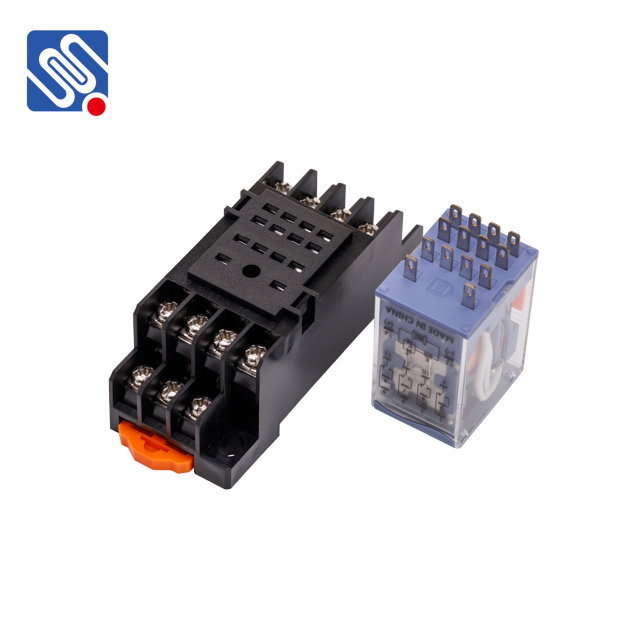An electromagnetic relay is an electrical device used for switching circuits on and off, operating based on the principles of electromagnetism. It allows low-power control circuits to manage high-power applications safely and effectively, which is essential in many modern electrical systems. This article will explore the principle behind electromagnetic relays, their different types, and their wide array of applications.

Principle of Electromagnetic Relay The fundamental operation of an electromagnetic relay relies on the concept of electromagnetism. When an electric current flows through a coil within the relay, it generates a magnetic field. This magnetic field attracts a metal armature, which in turn moves the relay’s contacts. The movement of the armature either opens or closes the contacts, controlling the flow of electrical power in the connected circuits. In a typical relay, the coil is connected to a control circuit, and the contacts control a separate power circuit. When an electric current is applied to the coil, the resulting magnetic field causes the armature to shift. The contacts then either open or close, depending on the design of the relay, either allowing or interrupting the flow of current in the power circuit. Once the current is switched off, a spring or other mechanism causes the armature to return to its original position, thus resetting the contacts to their default state.
Leave a Reply
You must be logged in to post a comment.